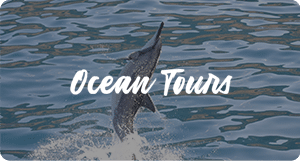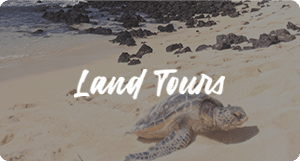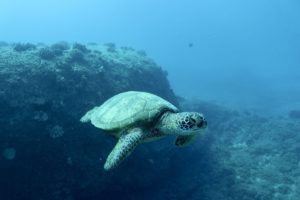Canada recently passed a law that bans dolphins and whales from being held in captivity for commercial purposes, according to multiple news sources. It’s great news for dolphin lovers and activists.
“Whales and dolphins don’t belong in tanks, and the inherent suffering these highly social and intelligent animals endure in intensive confinement can no longer be tolerated,” Canada Humane Society Executive Director Rebecca Aldworth told the Washington Post in a statement.
According to NPR, anyone who violates the law will be fined up to $150,000. Canada’s only two marine parks, Marineland and the Vancouver Aquarium, have agreed to comply.
Comparatively, the United States has dozens of marine parks and aquariums. But similar bills have been introduced in various states like California.
The Hill reported that the law prohibits the holding, breeding or capture of whales, dolphins and porpoises for commercial purposes, but those who are already in captivity will stay there. The bill makes exceptions for cetaceans in need of rehabilitation.
A likely reason for the legislation, according to Vice, is a public outcry that has resulted from popular documentaries like “Blackfish” and “The Cove” that have exposed the dark side of dolphin and whale captivity.
Canadian Green Party leader Elizabeth May told The Independent that “Canadians have been clear, they want the cruel practice of keeping whales and dolphins in captivity to end.”
Why Dolphins and Whales Shouldn’t Live in Captivity
Most fish in the ocean don’t have a lot in common with humans. But dolphins and whales do.
For one thing, they’re mammals. More importantly, though, they have the second-most powerful brain on Earth (behind humans). Bottlenose dolphin brains are actually bigger than human brains.
And it’s not only the size of cetacean brains that should cause us to think twice about putting them in captivity. It’s the similarity of that brain’s behavior to our own.
Studies have shown that dolphins and whales are one of the only species on earth that can recognize themselves in a mirror. They communicate through complex sonar. They can experience a full range of emotions – from humor to curiosity to grief – and they have social circles much like our own. All of these factors make it incredibly hard to justify capturing a cetacean from their environment in the wild and taking it away from its family.
But perhaps the most powerful statistic revolves around the lifespan. Dolphins and whales in captivity live decades longer in the wild than in captivity, on average.
Aside from stats, we can see for ourselves the impact captivity has on dolphins and whales. It doesn’t take a scientist to see that the average captivity tank isn’t as big as the wide-open ocean. And some cetaceans in captivity display depressive behaviors, like drooping dorsals or extended motionless periods.
It’s clear to animal activists that cetaceans don’t belong in captivity. But for those of us who are dolphin lovers, how then can we experience them?
Dolphins and You Provides a Different Way of Interacting with Dolphins
The most sustainable way to encounter dolphins is in their natural environment at sea. Taking a boat tour is the best way to see them up close and personal, while still allowing them their most basic freedoms.
Watching dolphins from onboard the boat is the most environmentally friendly way to experience dolphins of all. But when done right, swimming with dolphins is also possible.
At Dolphins and You, we take extreme care to use practices that minimally disrupt the dolphins. We don’t touch the dolphins, chase them or dive on them. We’ve learned over time that the most special encounters are the ones where the dolphins approach us of their own free will.
It is our hope that over time more governments will take steps to ban captive dolphin practices so that all dolphins can exist free and wild in the ocean, where they belong.












